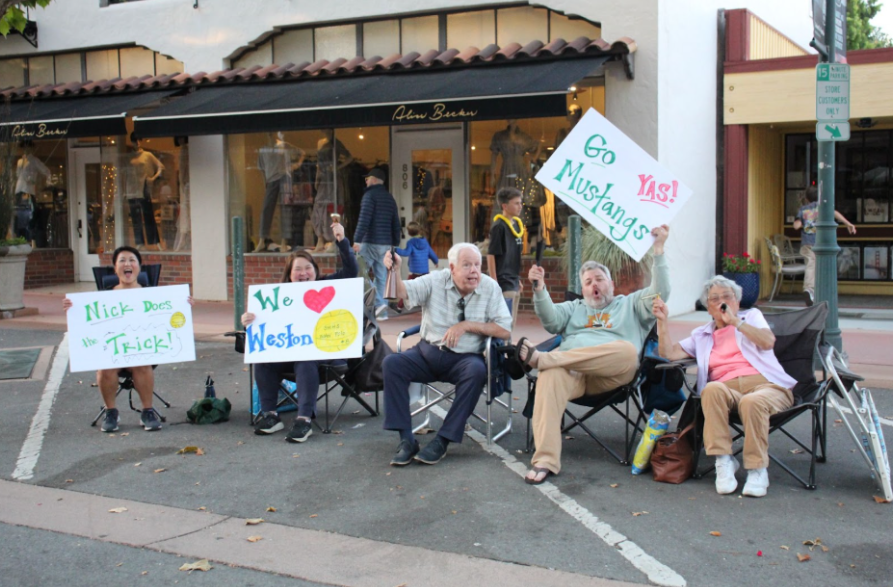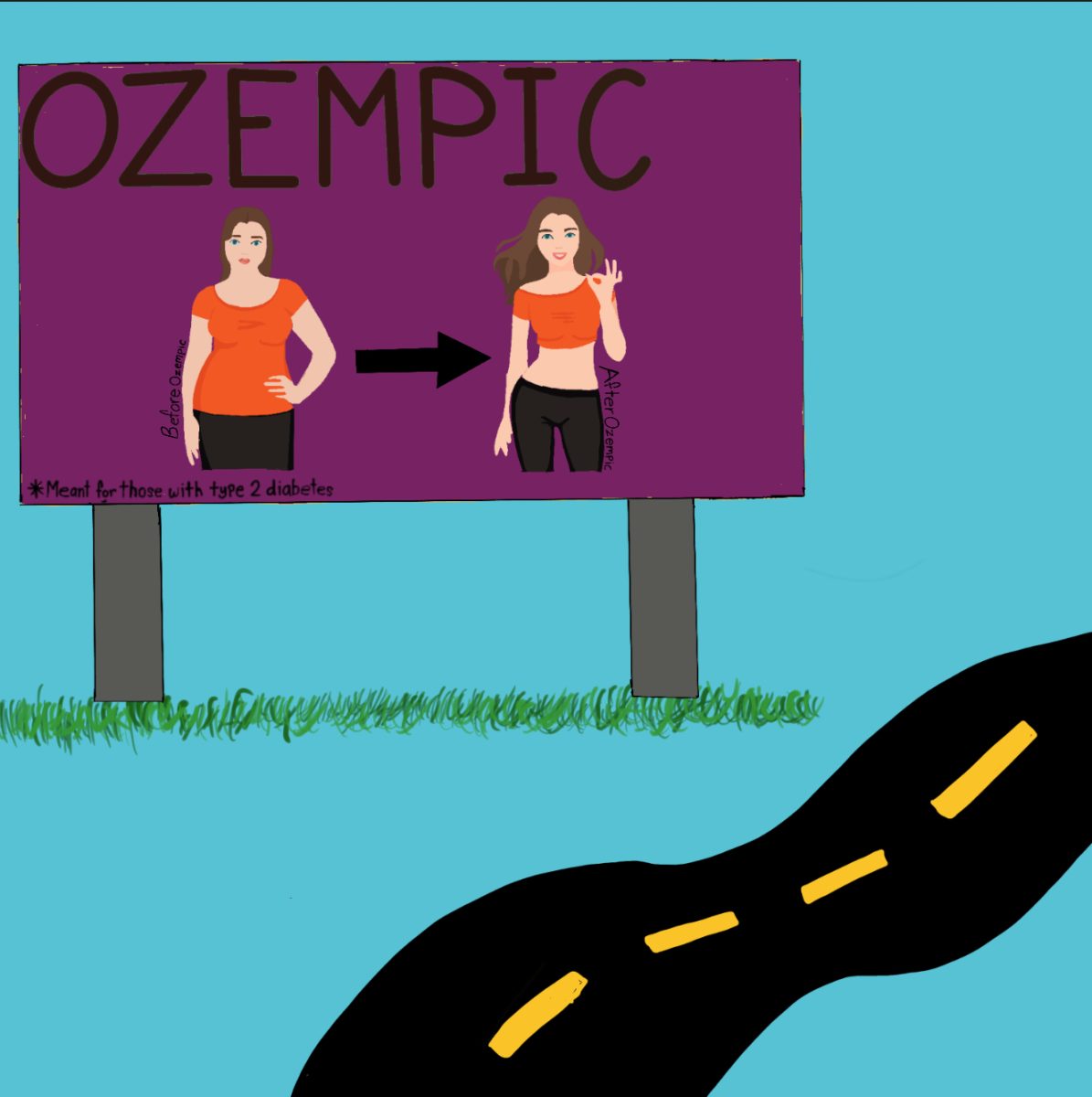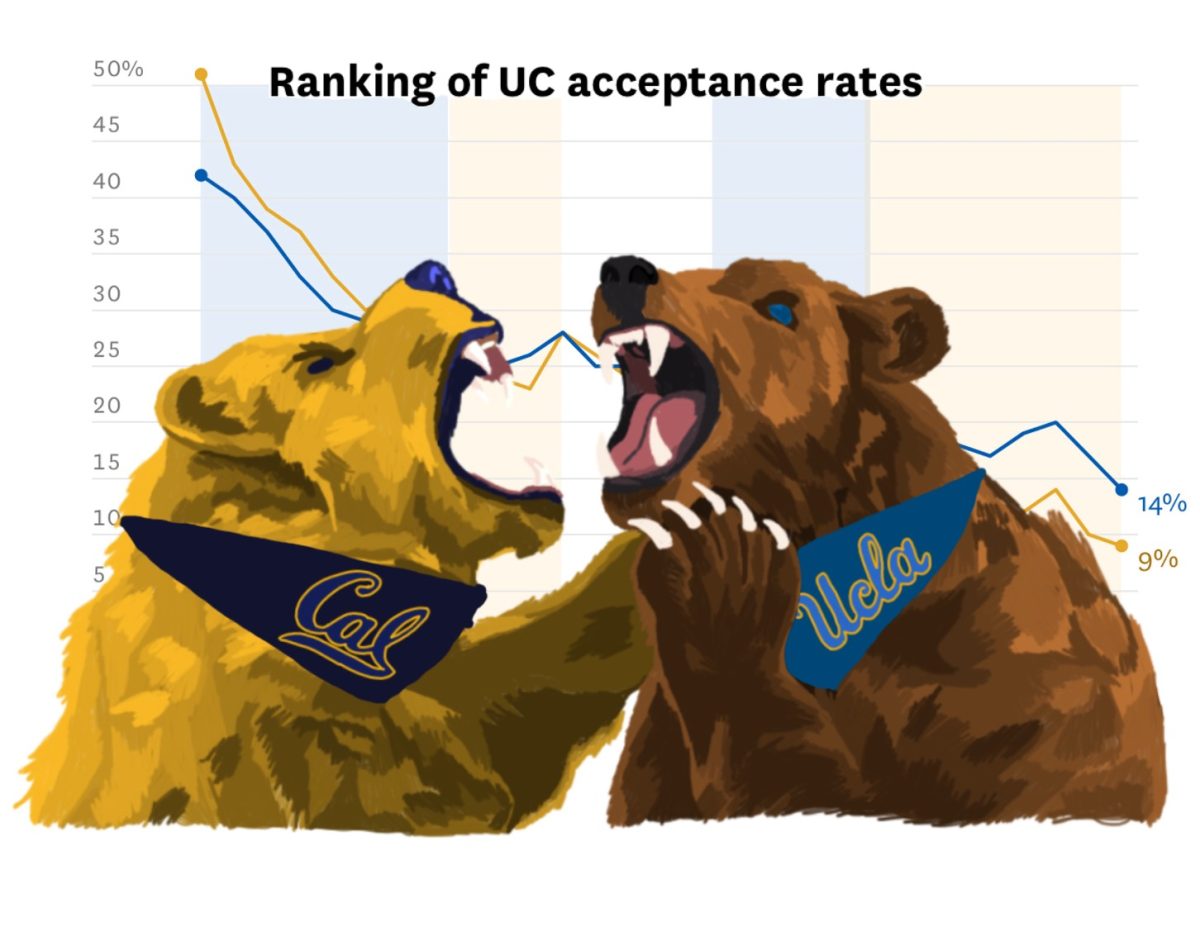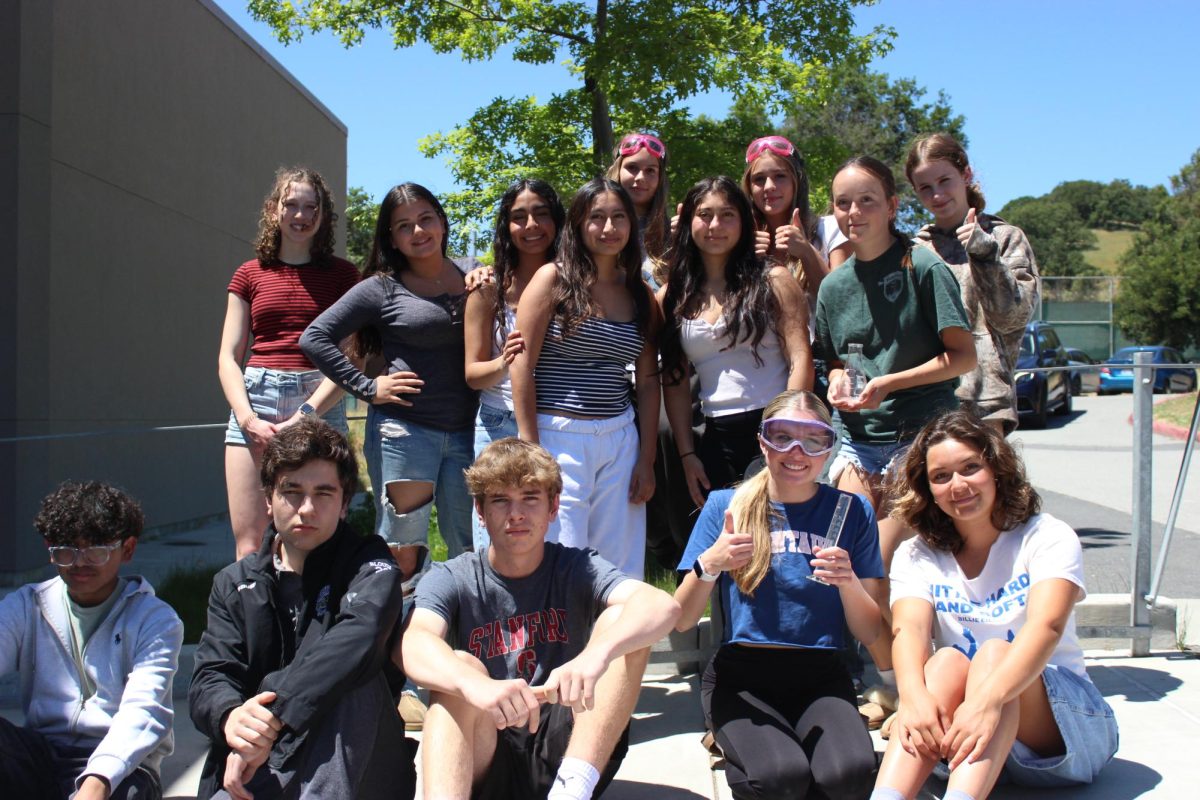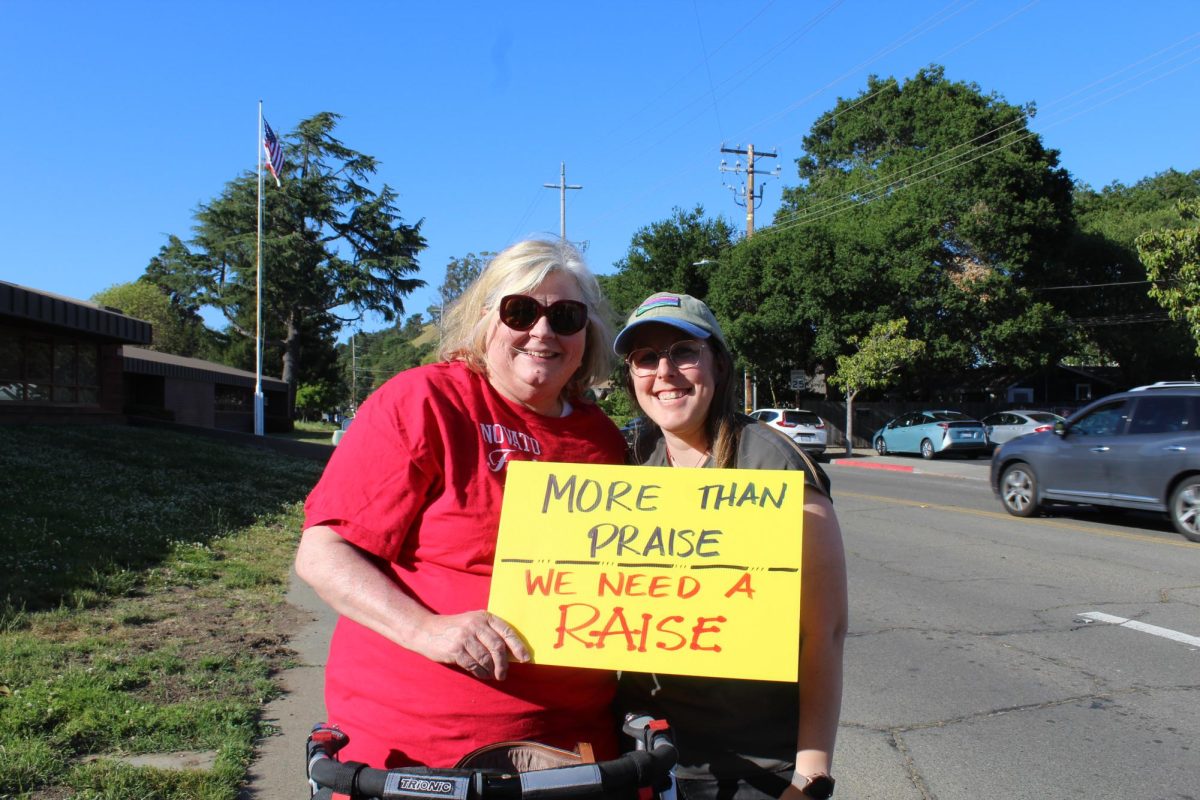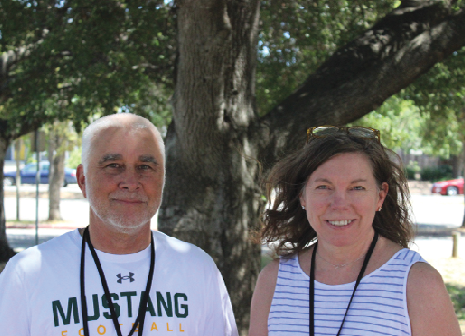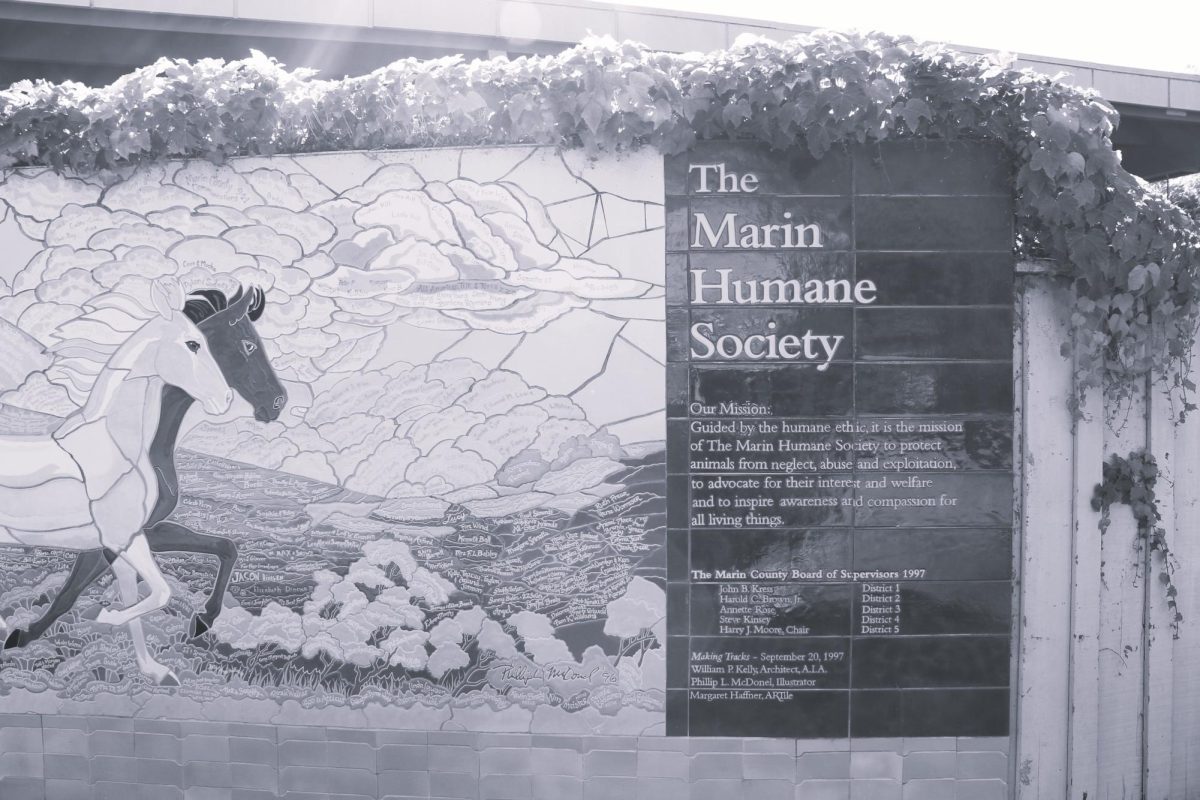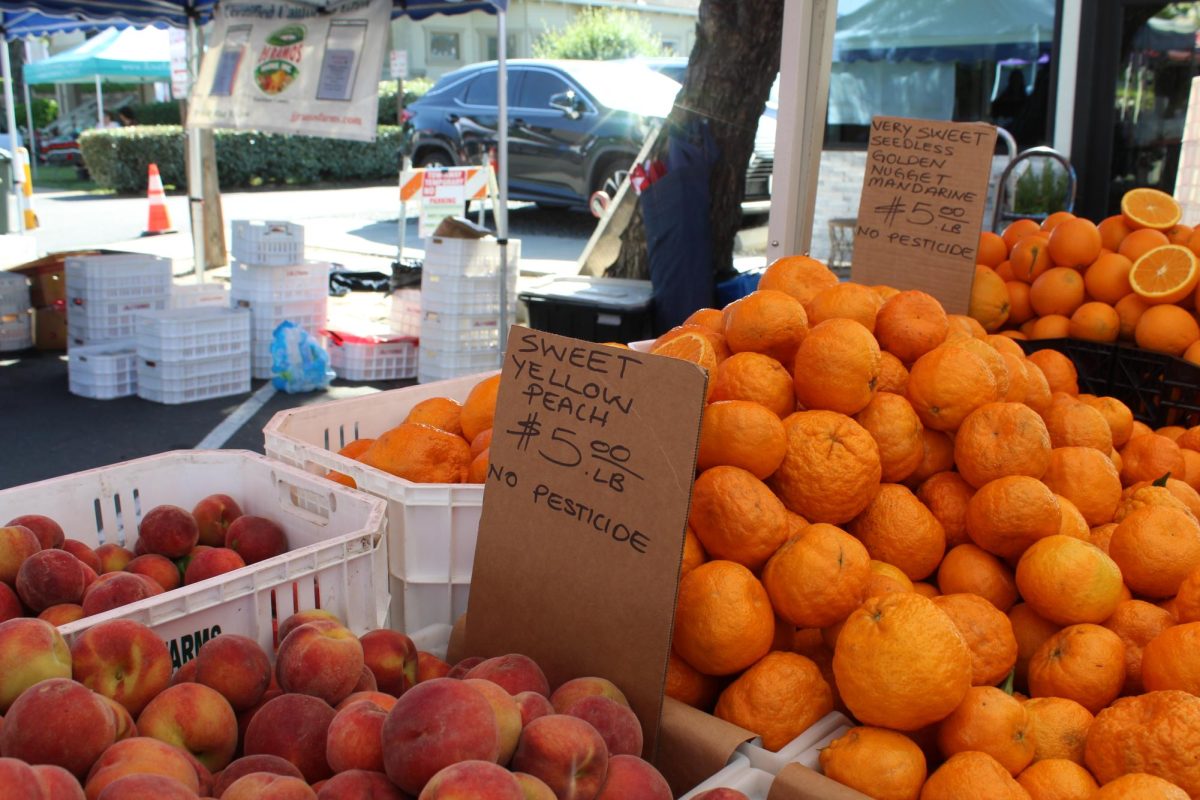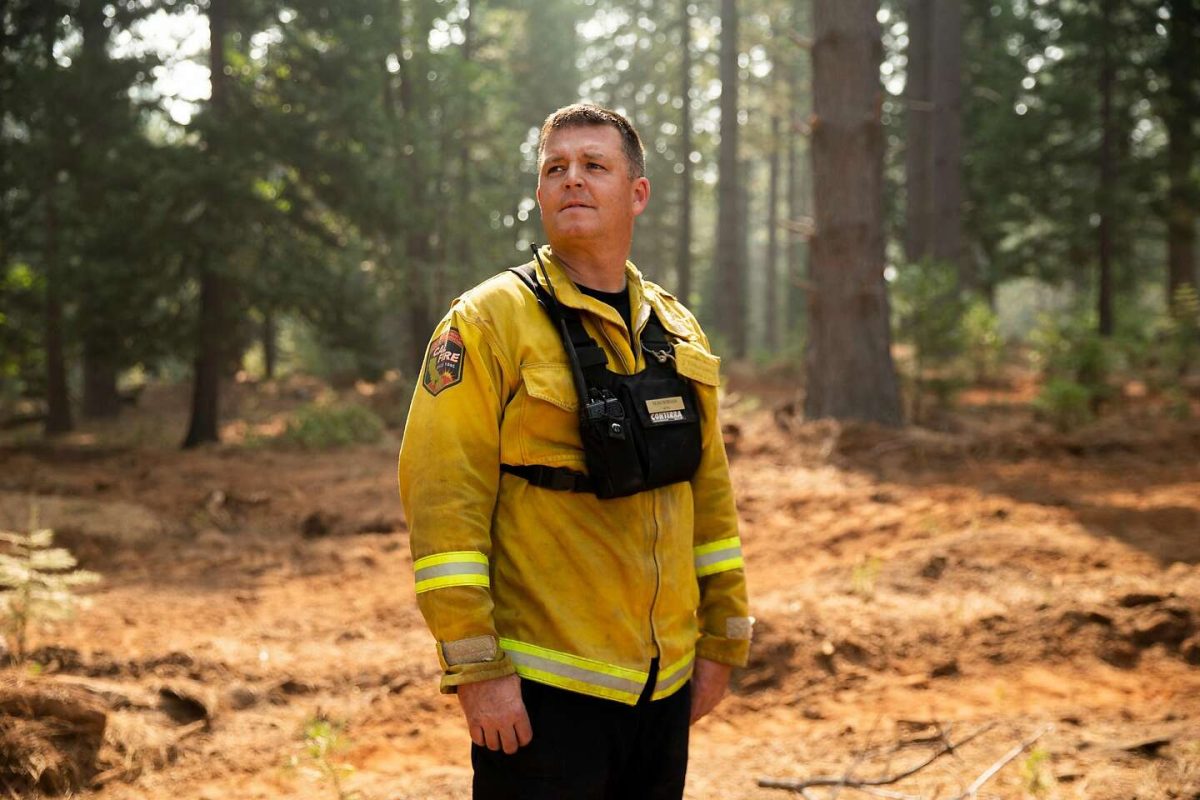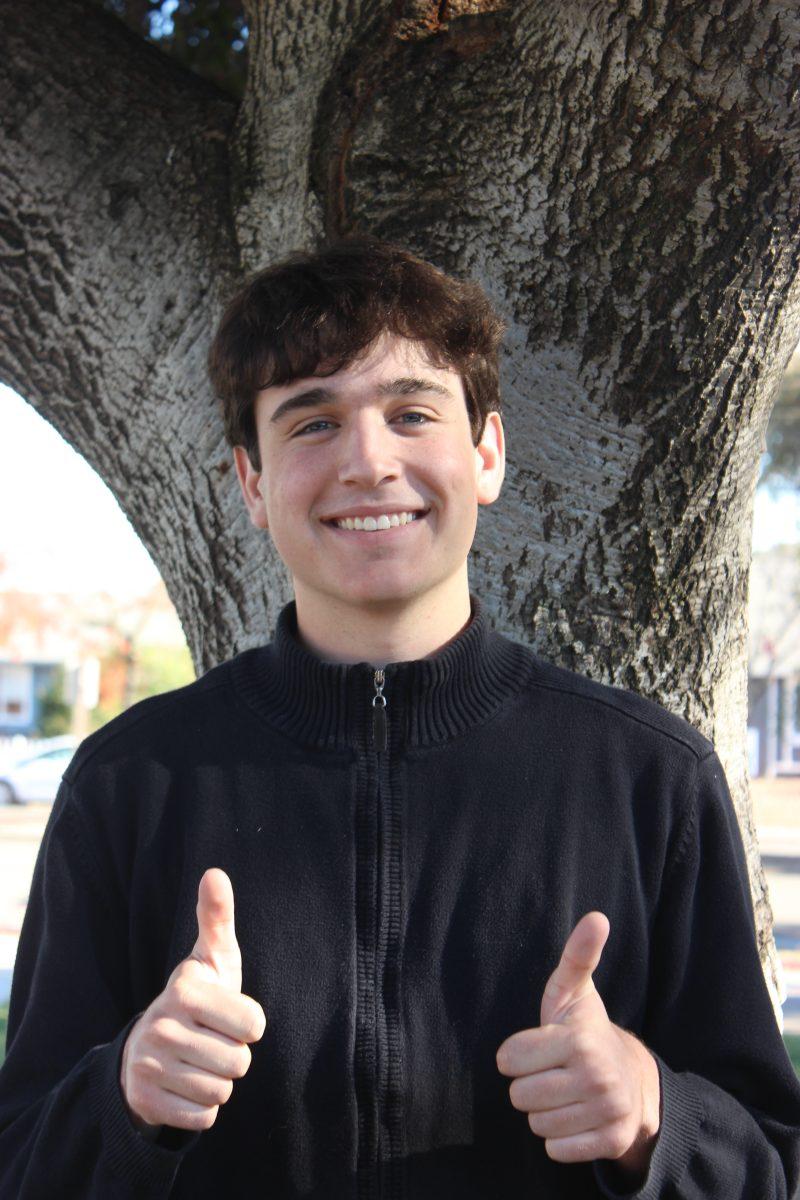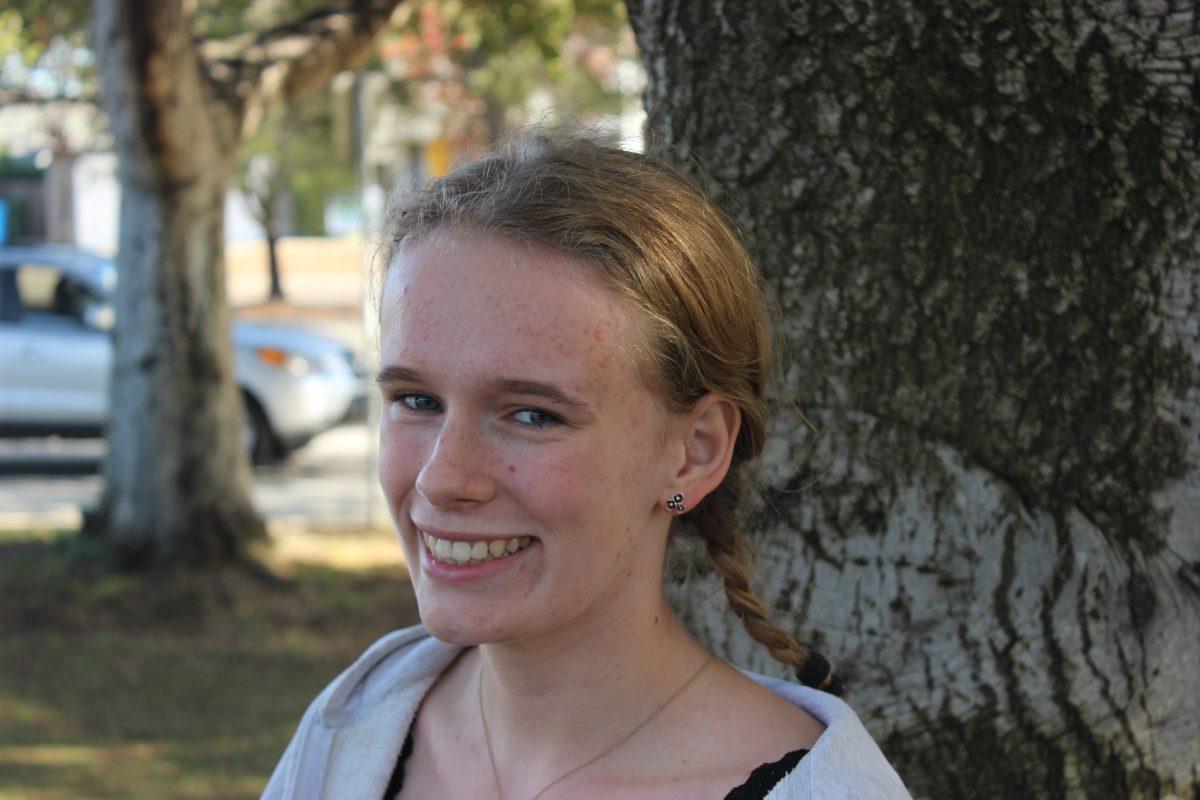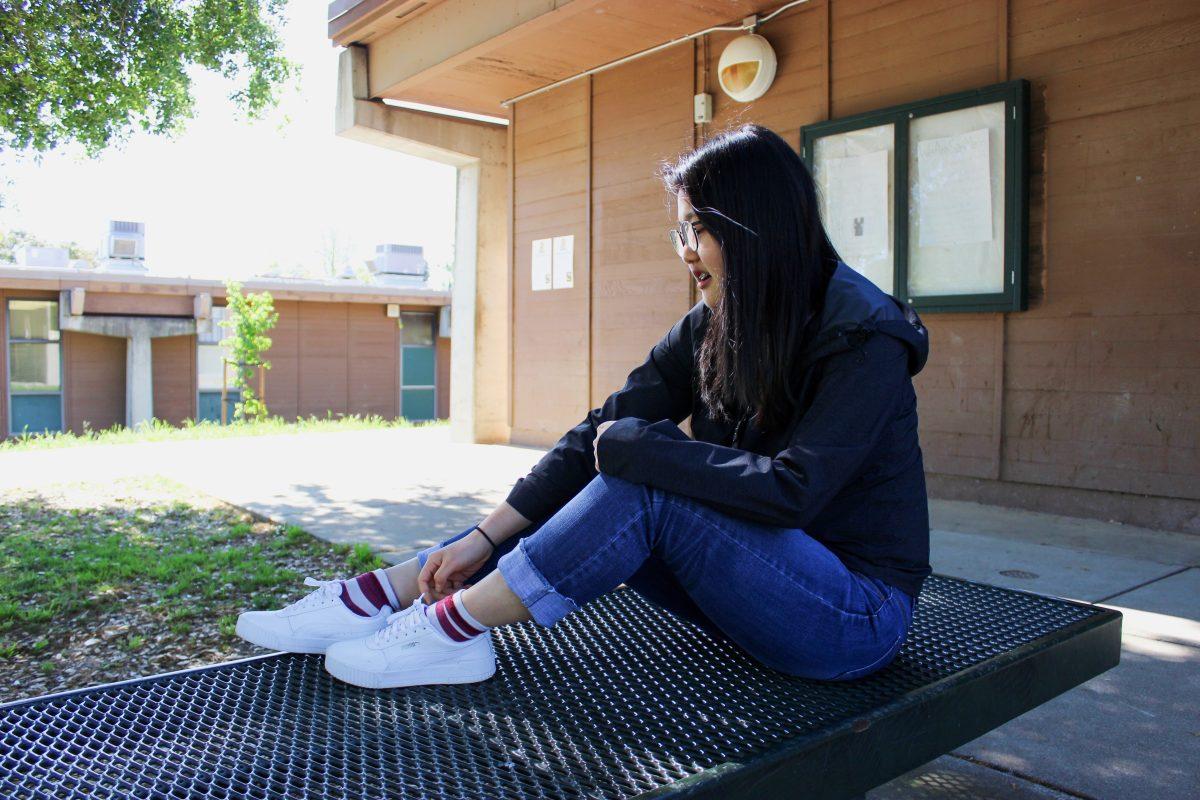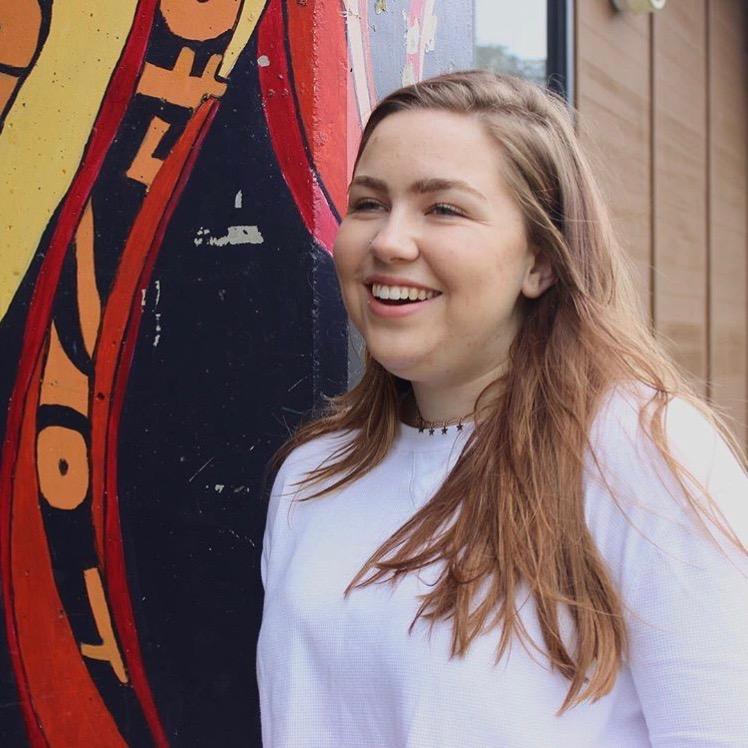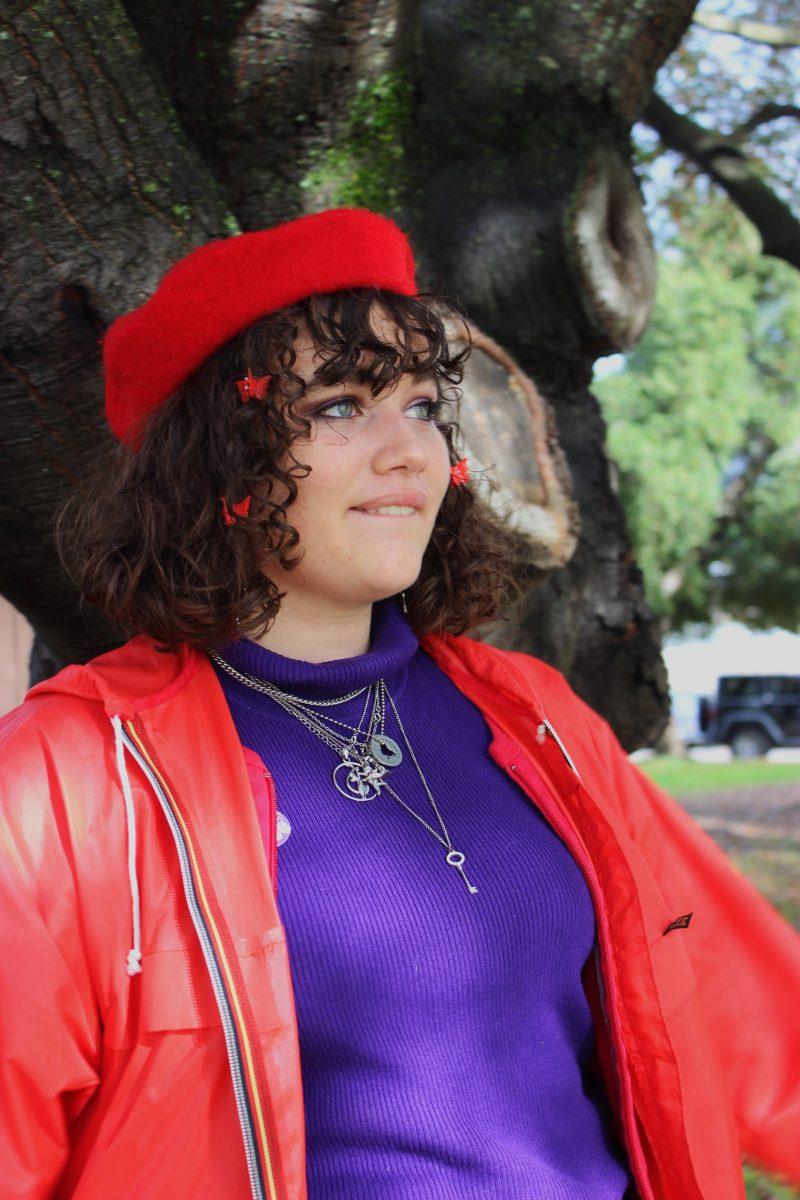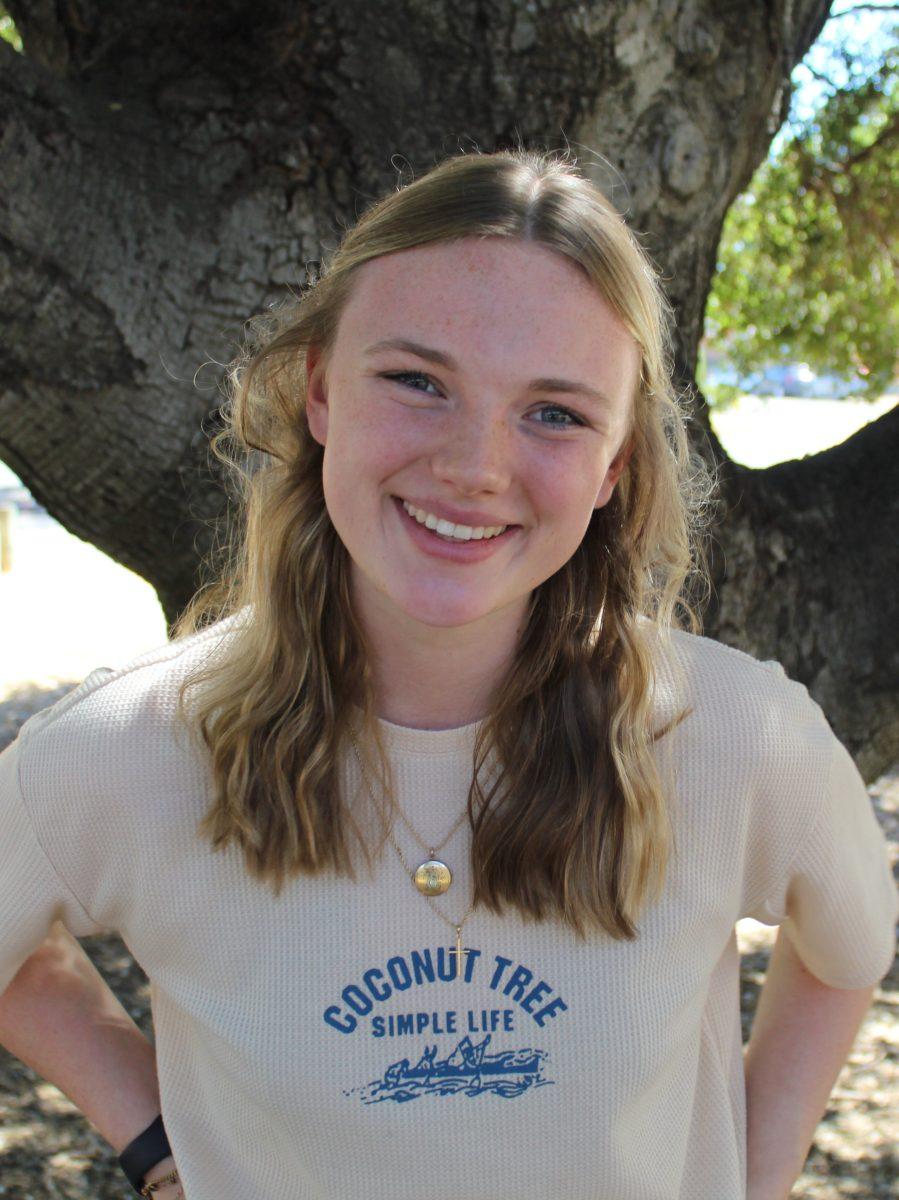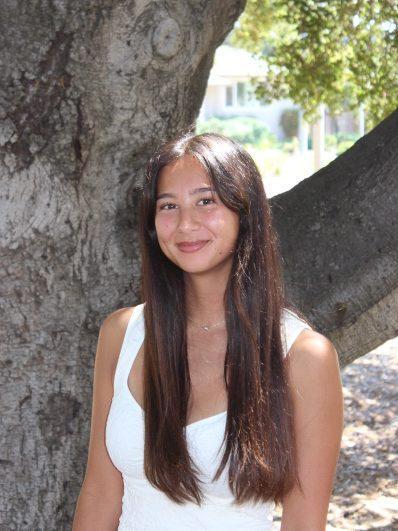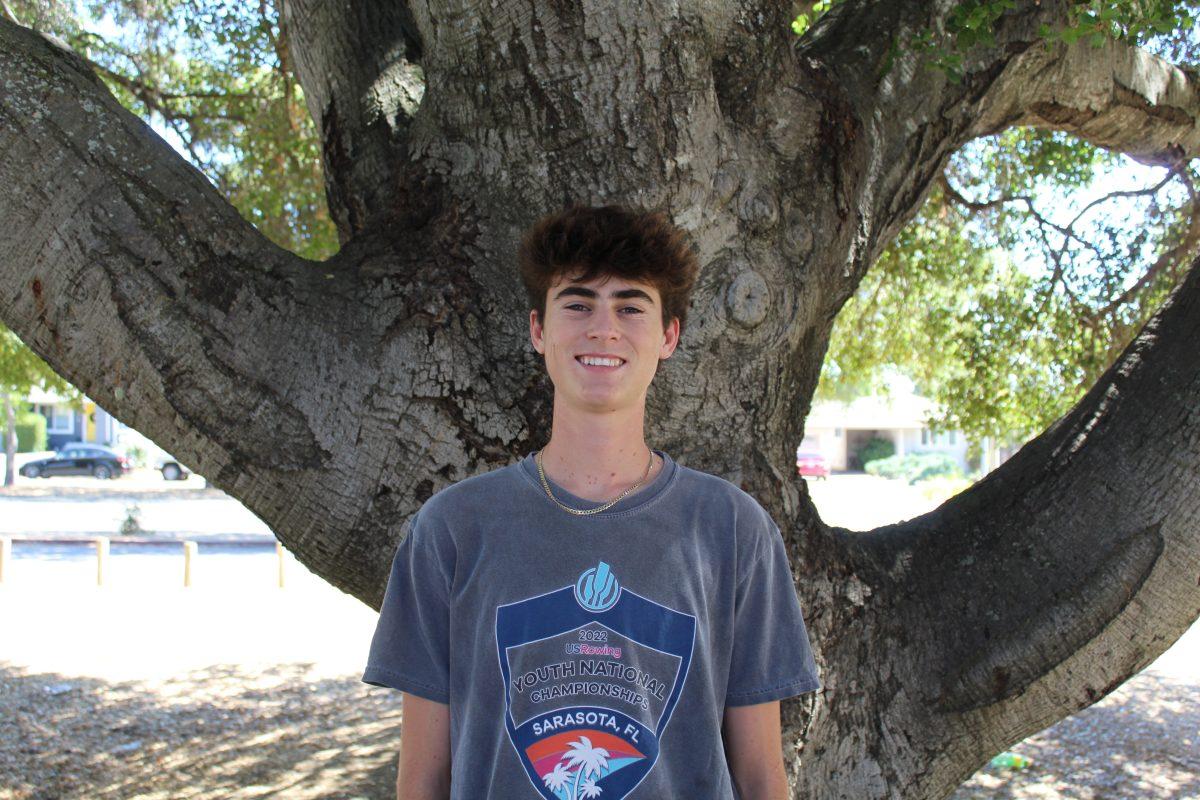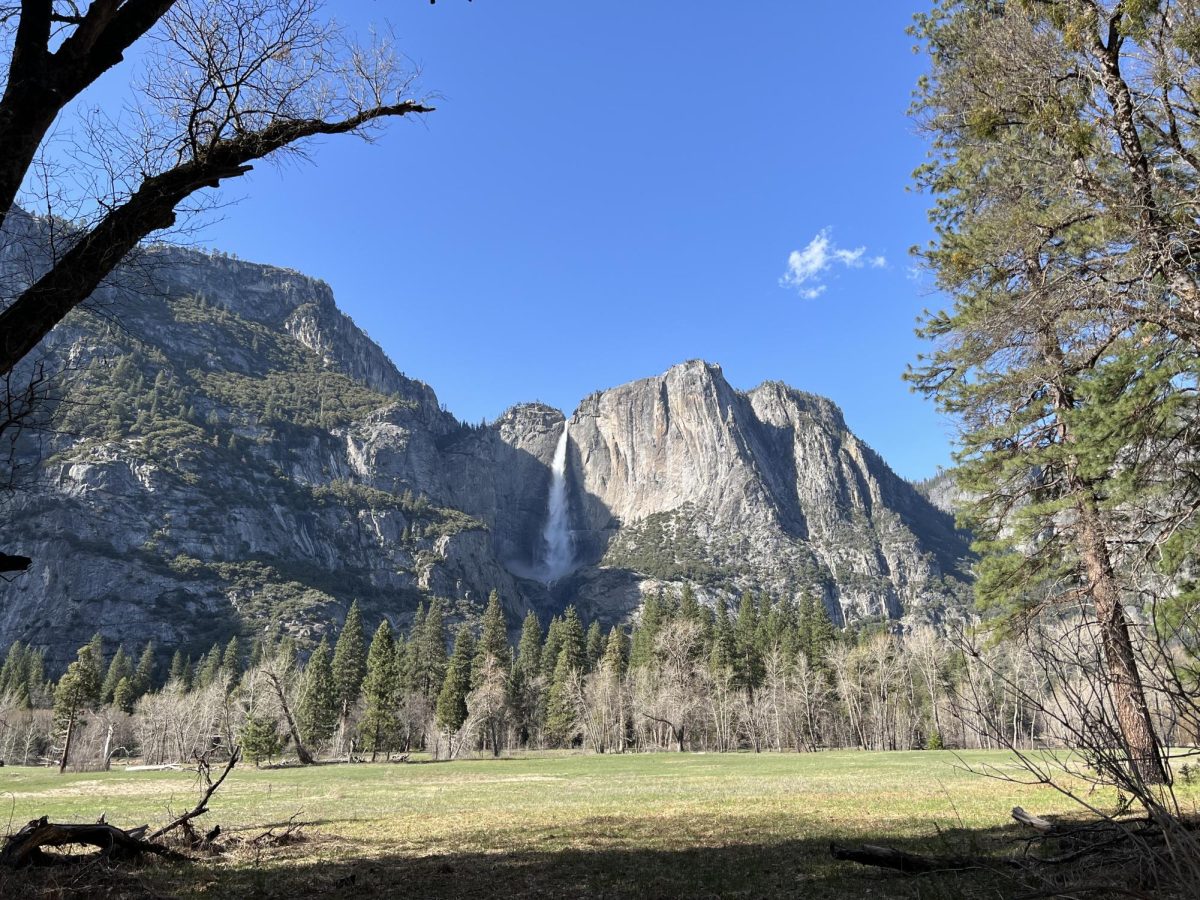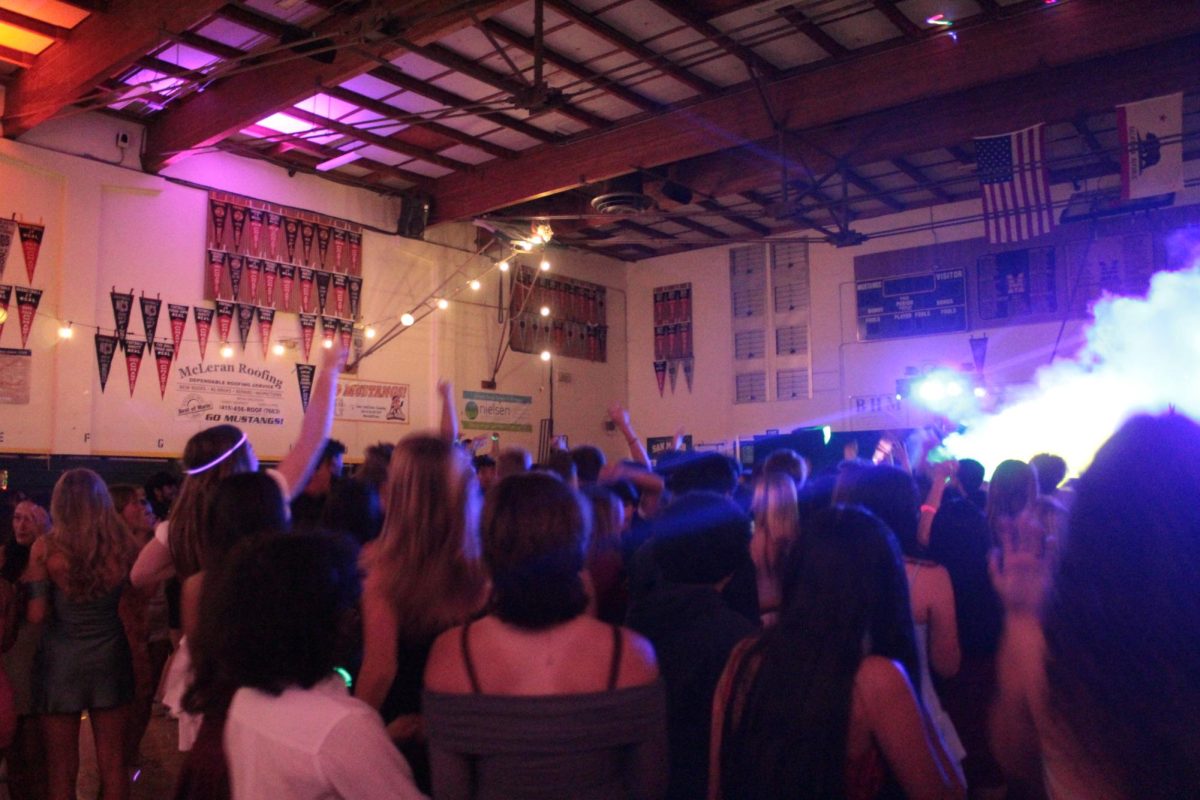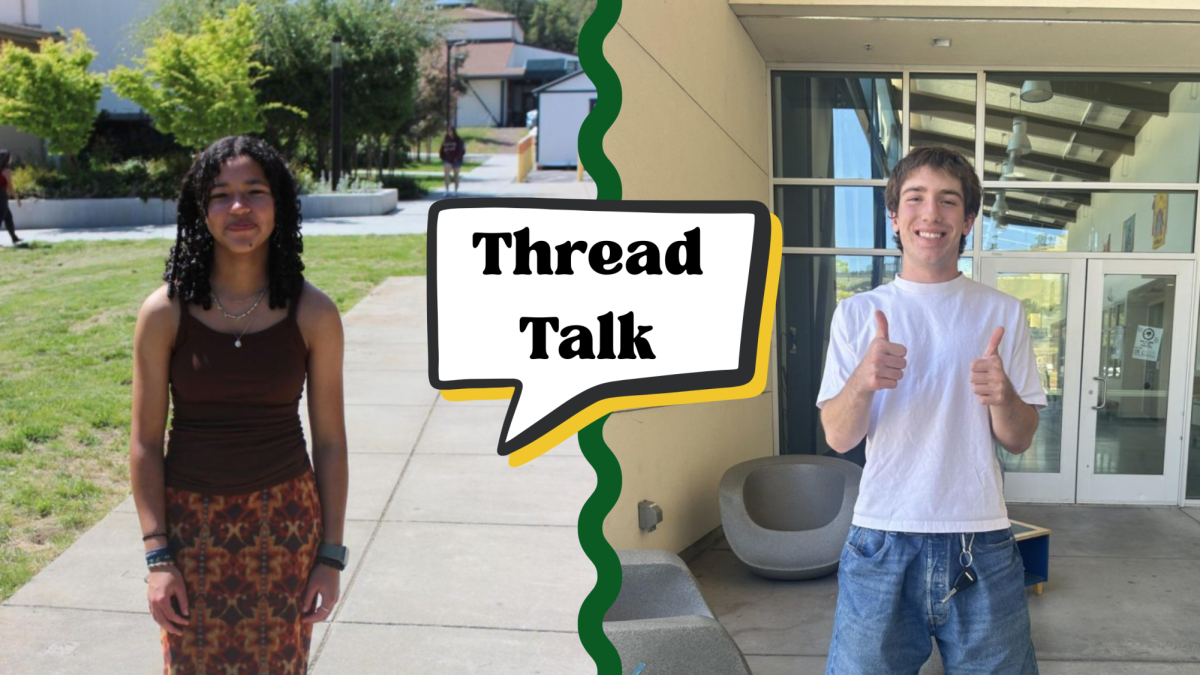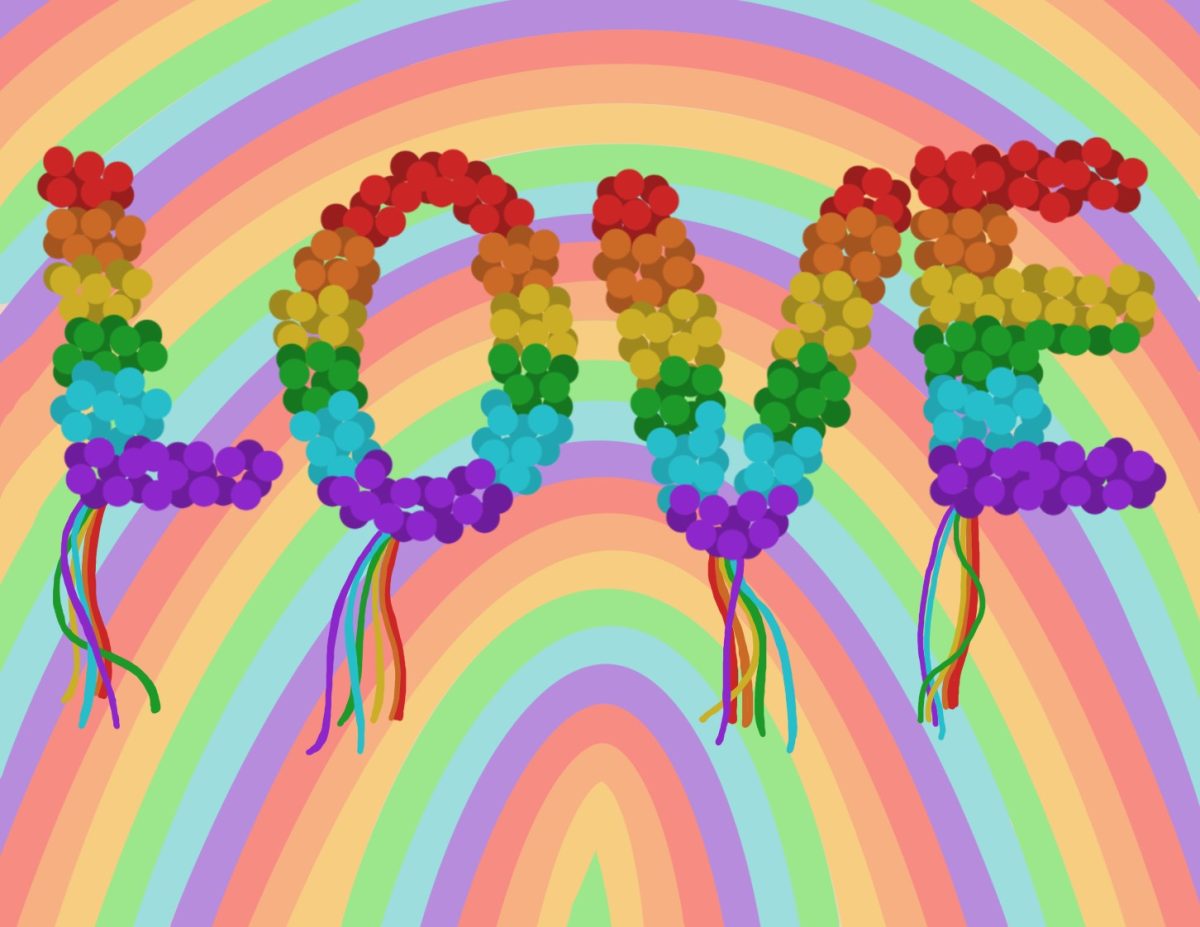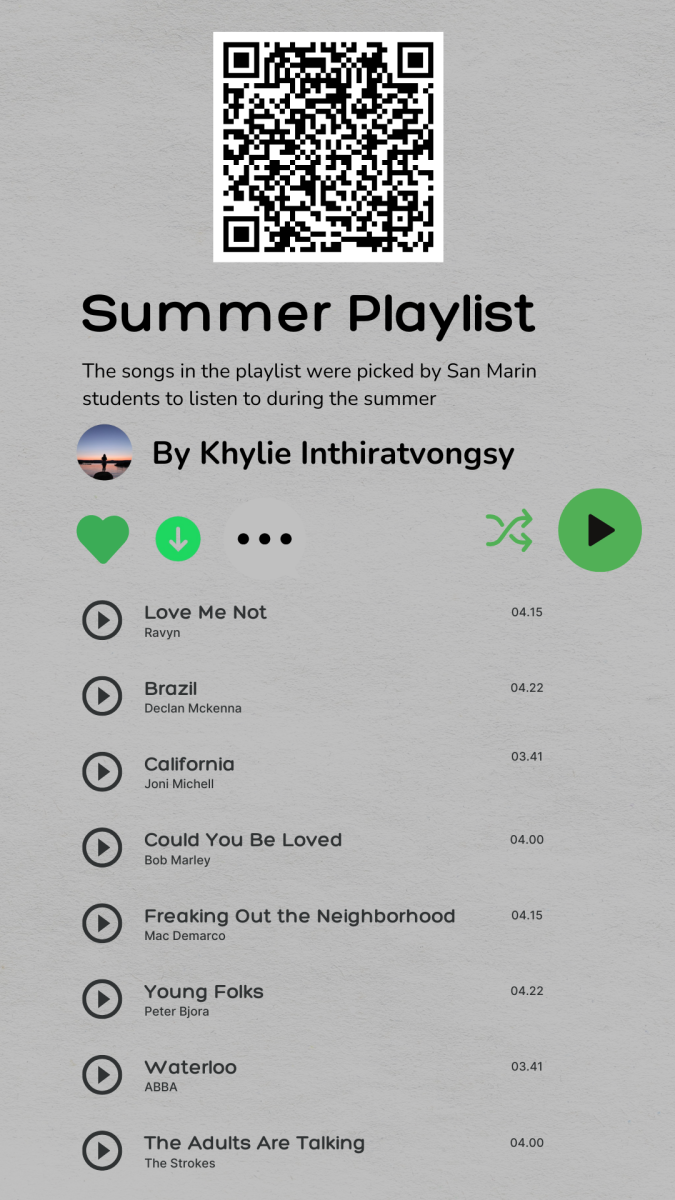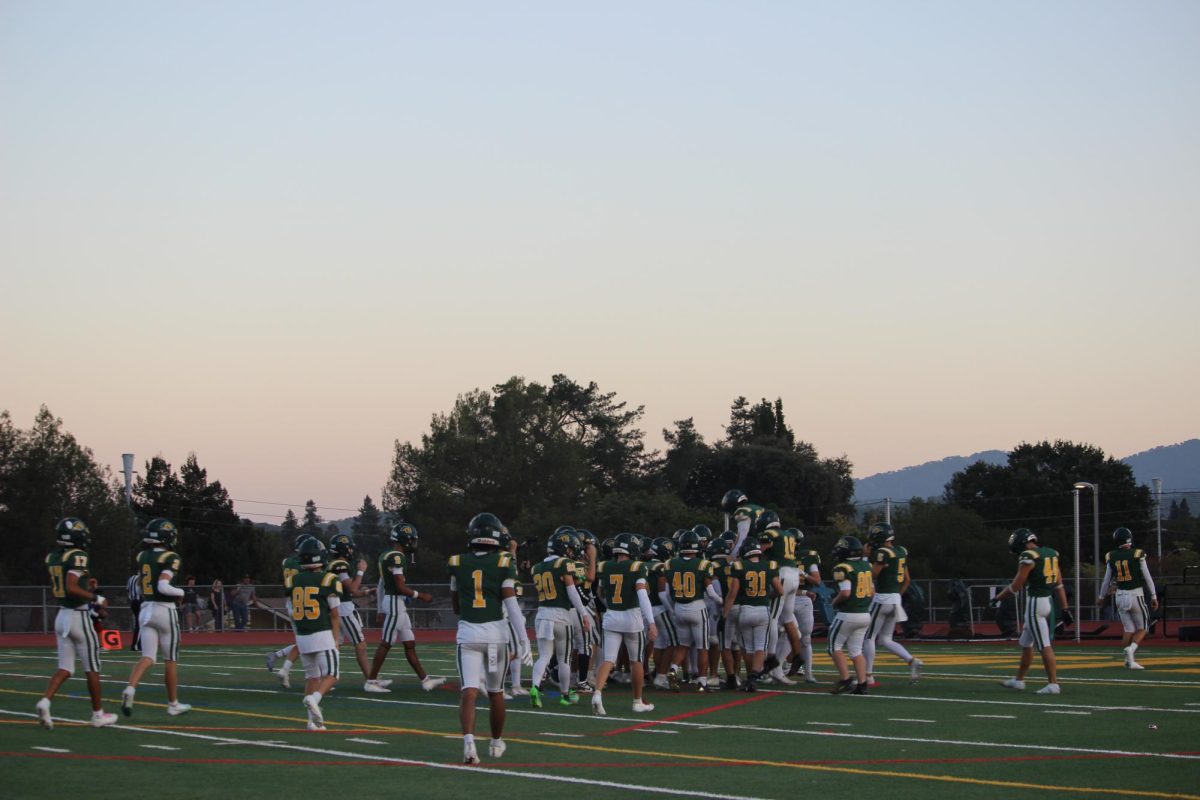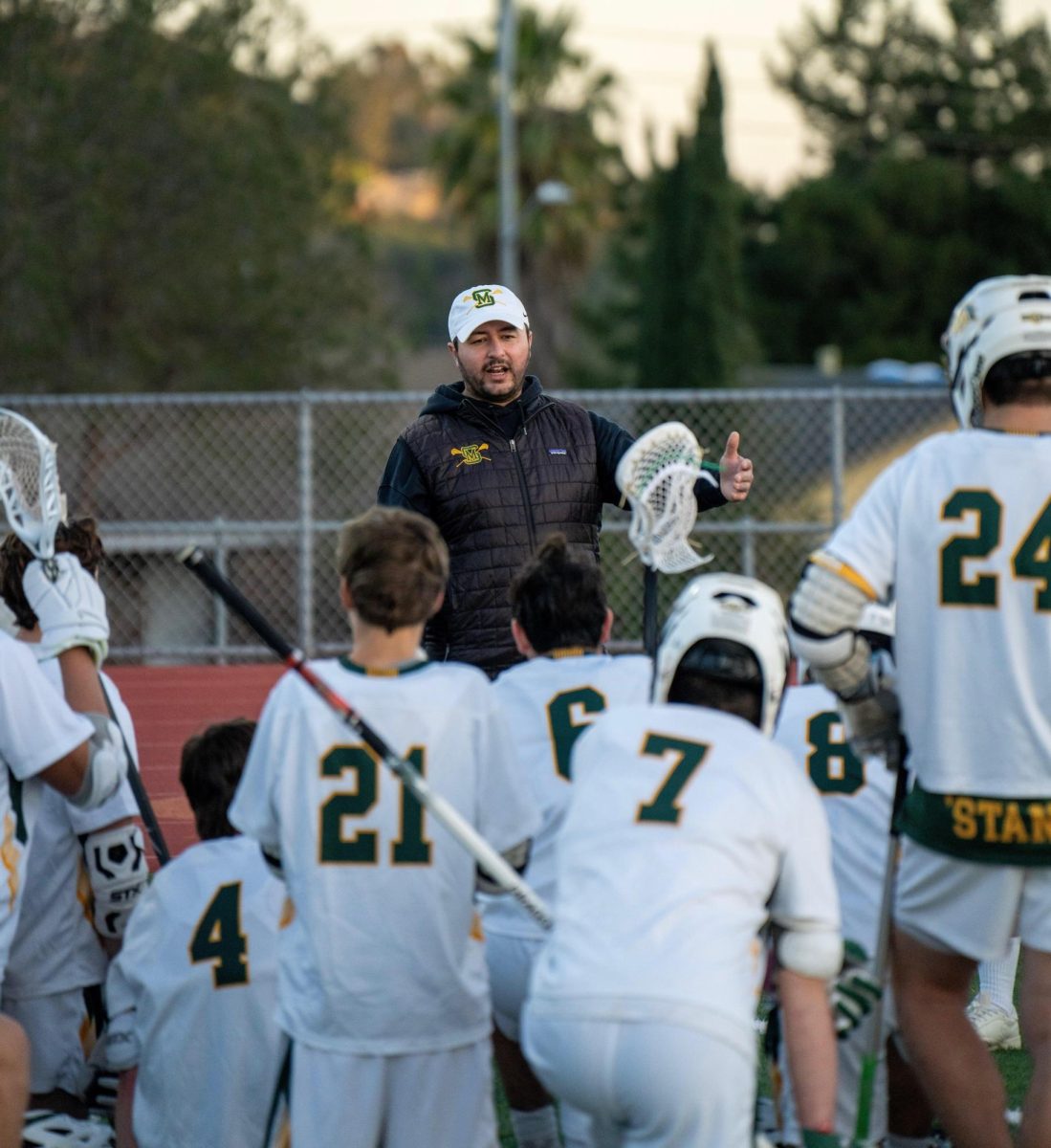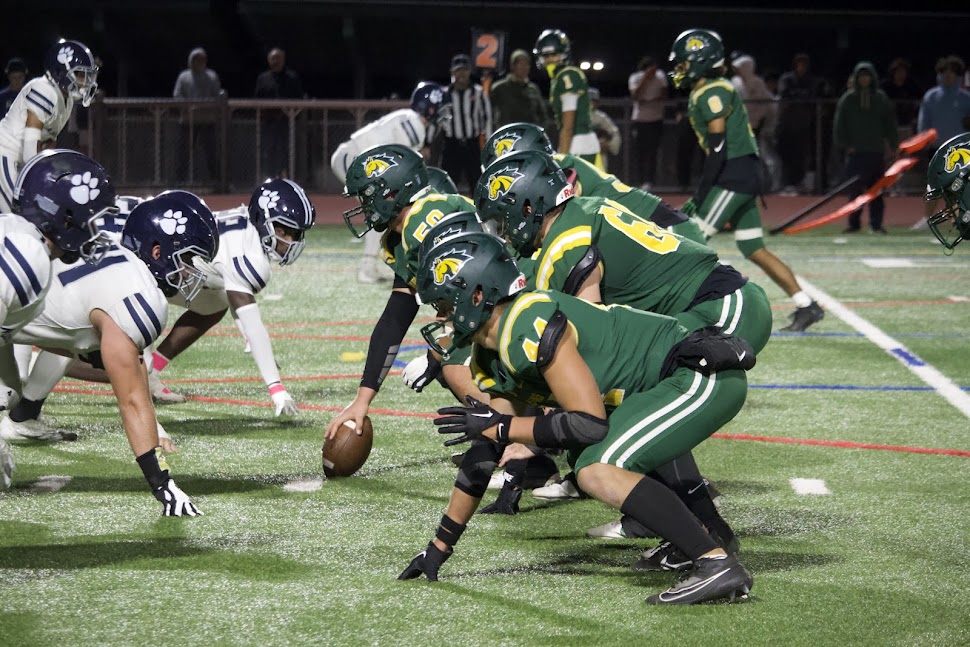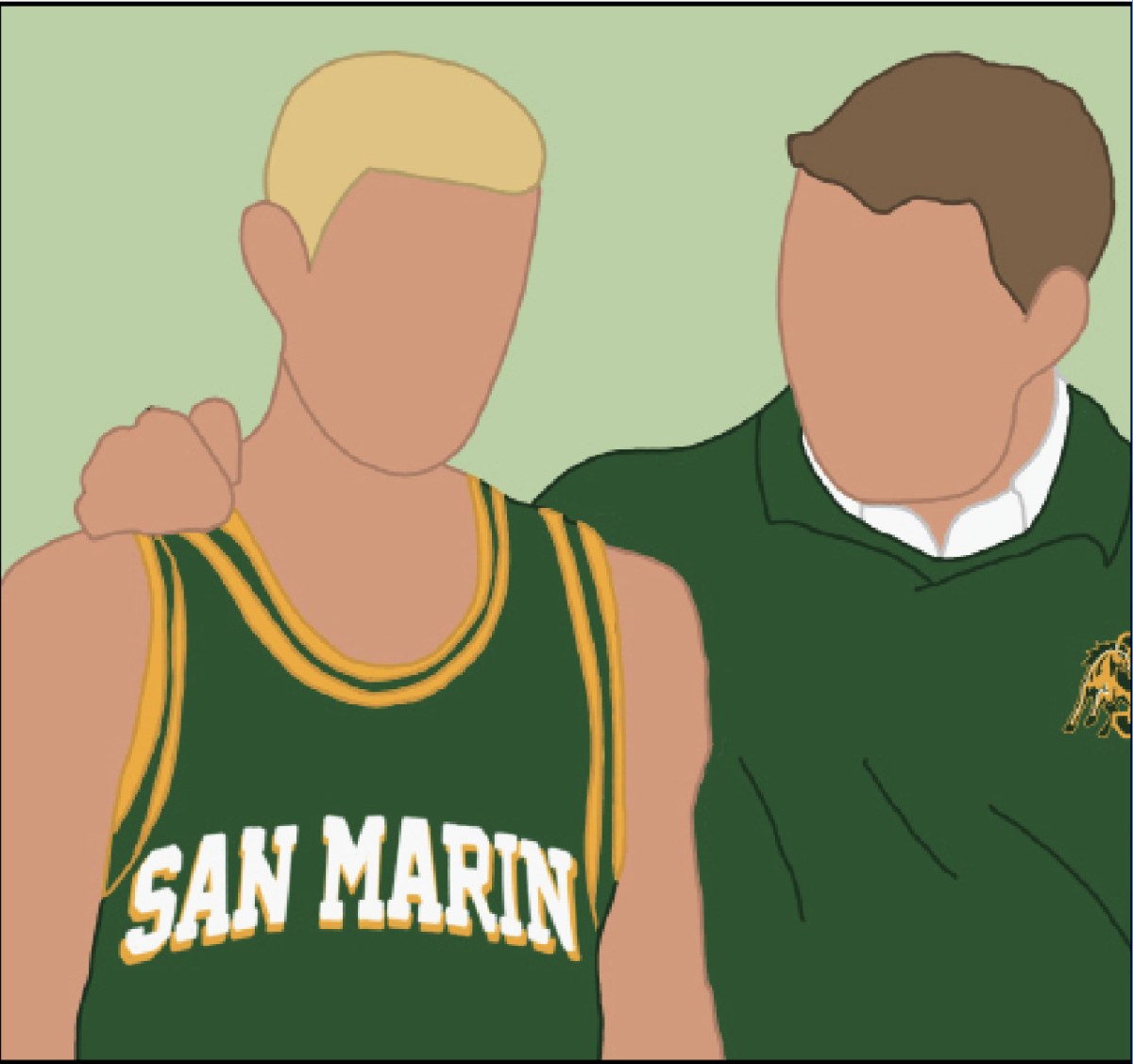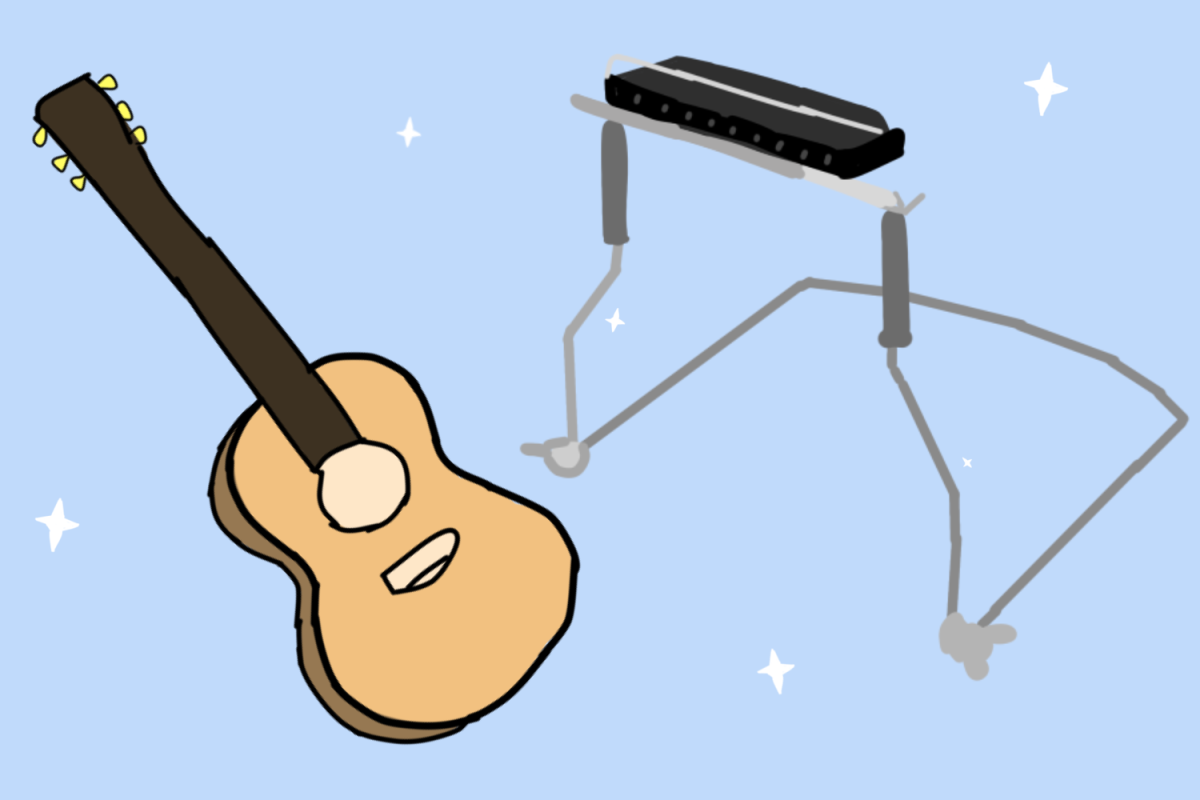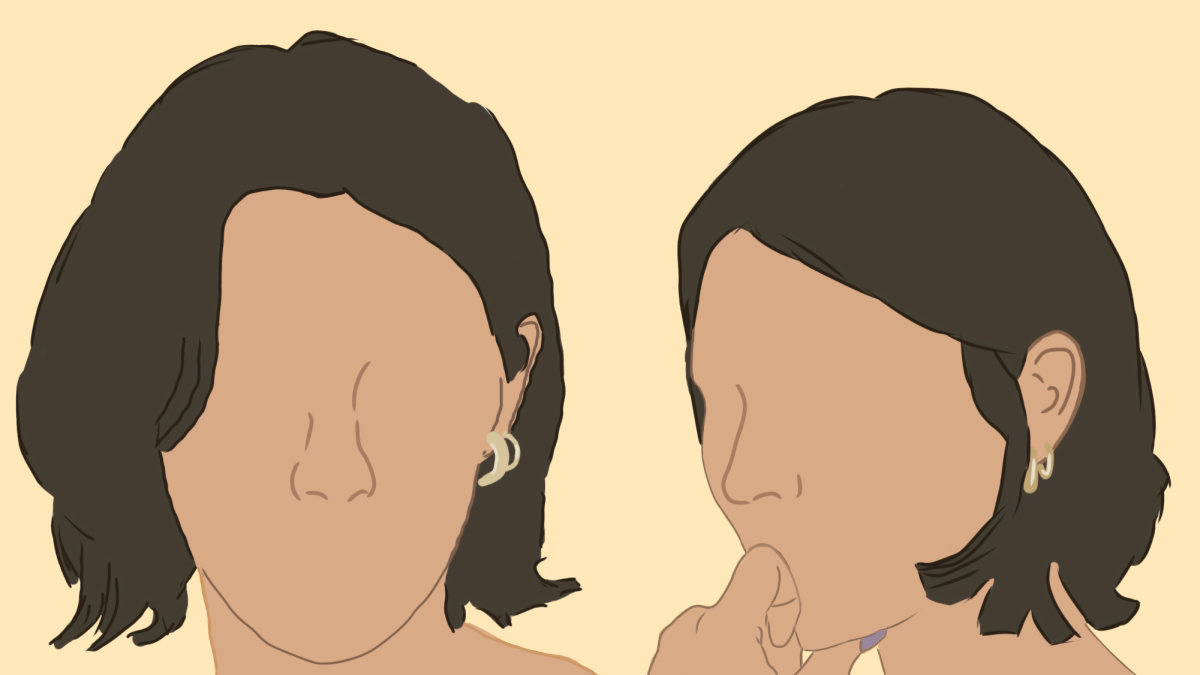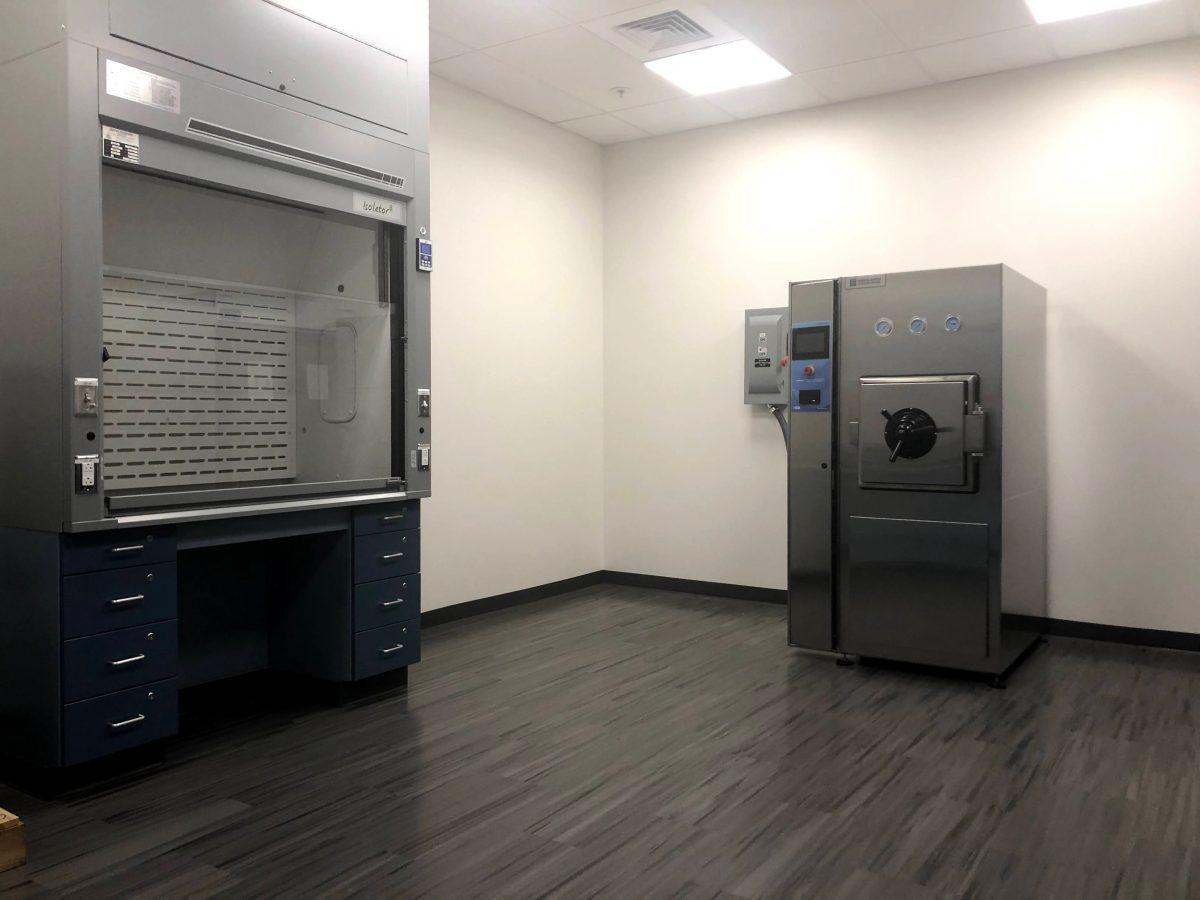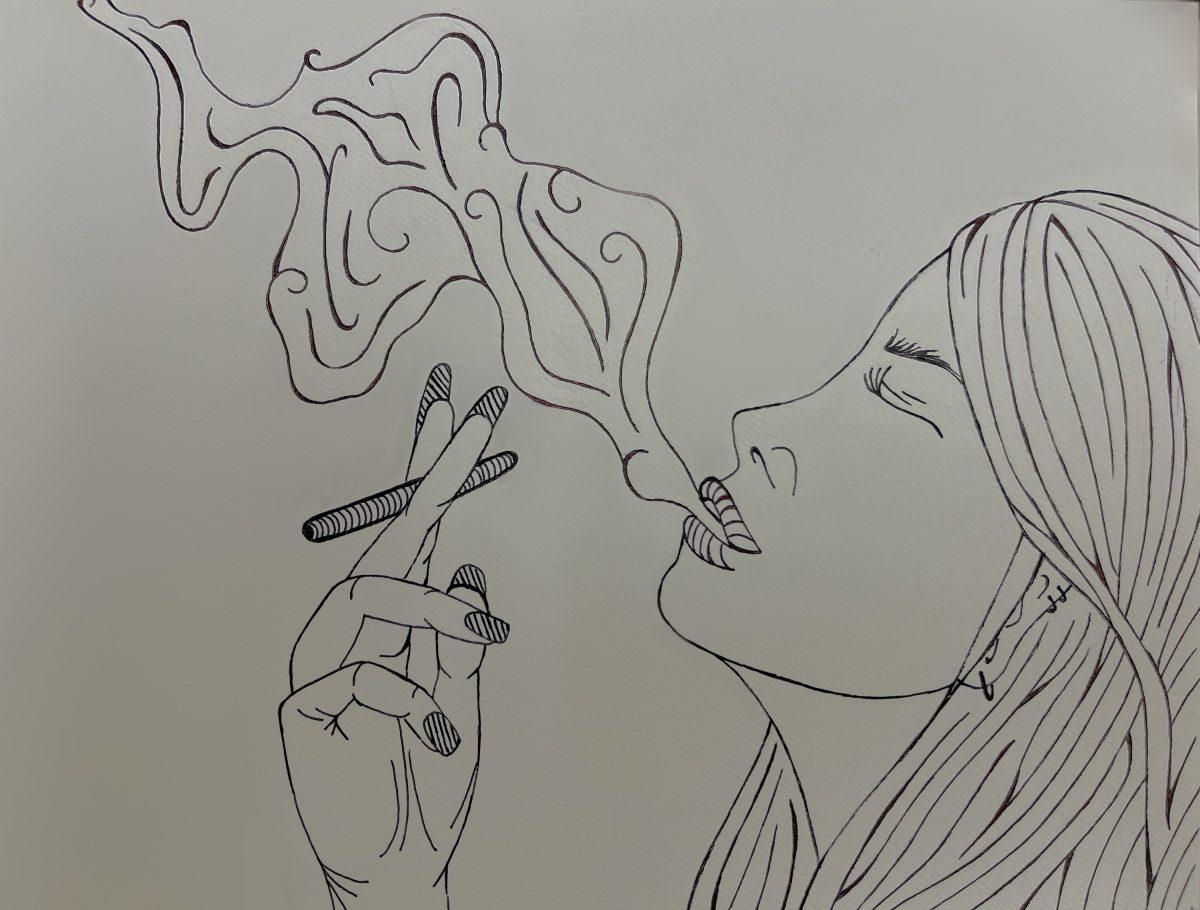San Marin’s new STEM building opened for teacher use on Oct. 30 and will be available for student use upon return to in-person learning. Students will most likely return in January unless there are any public health changes. Construction of the building, along with the new Performing Arts Center (PAC), began mid-June 2019, however, the PAC is still under construction and will not be ready for use until at earliest Feb. 2021.
Staff members say that both buildings are more aesthetically pleasing than the ones they are replacing and look as if they belong on a college campus.
“[The STEM building is] absolutely amazing and the Performing Arts Center, when that opens, [is] absolutely going to be gorgeous as well,” Principal Mark Sims said.
There is a plan to redo the outside of all older wooden buildings to match the newer STEM and Performing Arts buildings sometime in the near future, according to Sims. The old science building will be used by teachers who were previously in portable classrooms and the portable classrooms will be removed.
The layout of the new building is much more open than the old one, with wider hallways, larger windows and overall more connectivity between classrooms. Some of the walls between classrooms open up to increase collaboration between different grade levels and subjects. The building also has tables for students to work in the hallways and almost all furniture is on wheels for efficient movement with working in groups.
“The whole purpose for the building was to have collaboration and interaction with the material,” chemistry teacher Virginia Vogl said.
There are also T.V.s all throughout the building: in the classrooms, hallways, and meeting rooms. Many teachers feel that remote and digital learning will help them efficiently use this increased technology.
“I feel that I can use [the technology] better than I have in the past just having to do so much zooming and coordinating between different screens,” Vogl said.
The increased technology, along with the new equipment, will allow for more interactive labs.
“The new facility will have a cell culture room which will allow us to grow mammalian cells in petri dishes,” Biotech teacher Michelle Lafevre-Bernt said. “We currently only have the ability to grow microorganisms in culture (bacteria, yeast, protists, waterbears).”
The building also includes several fume hoods which allows for more student use of chemicals that could potentially be dangerous in other circumstances, and an autoclave, which is a pressuralized sterilizer.
“By heating water under pressure we can raise the boiling point of the water and get hotter temperatures for sterilizing labware and waste,” Lafevre-Bernt said. “This will allow us to be more successful in some of our experiments that require sterile glassware and reagents.”
The Biotech program received a Career Technical Education Incentive Grant to purchase many of these upgrades, which also allowed them to purchase new basic lab equipment. However, the fume hoods which were covered by the Measure G funding as part of the building design.
As science classes usually include several labs throughout the year, remote learning has been difficult, but many classes have substituted in person labs with simulations and other interactive websites. However, classes such as the senior STEM engineering class rely a lot on collaboration which is not possible at the moment.
“Being at the new building in person would definitely have helped out with our team, because it’s harder to work as a team over zoom,” senior Sean Burke said.
With the current schedule, many seniors are taking their science classes first semester and will not have the opportunity to use the new building as a student. However, with events such as Rube Goldberg Night and various other presentation events, past students will be able to view the work being done in the building.
“I hope that we continue to have strong programs and presentation nights, and students can come back and experience the building,” Vogl said.
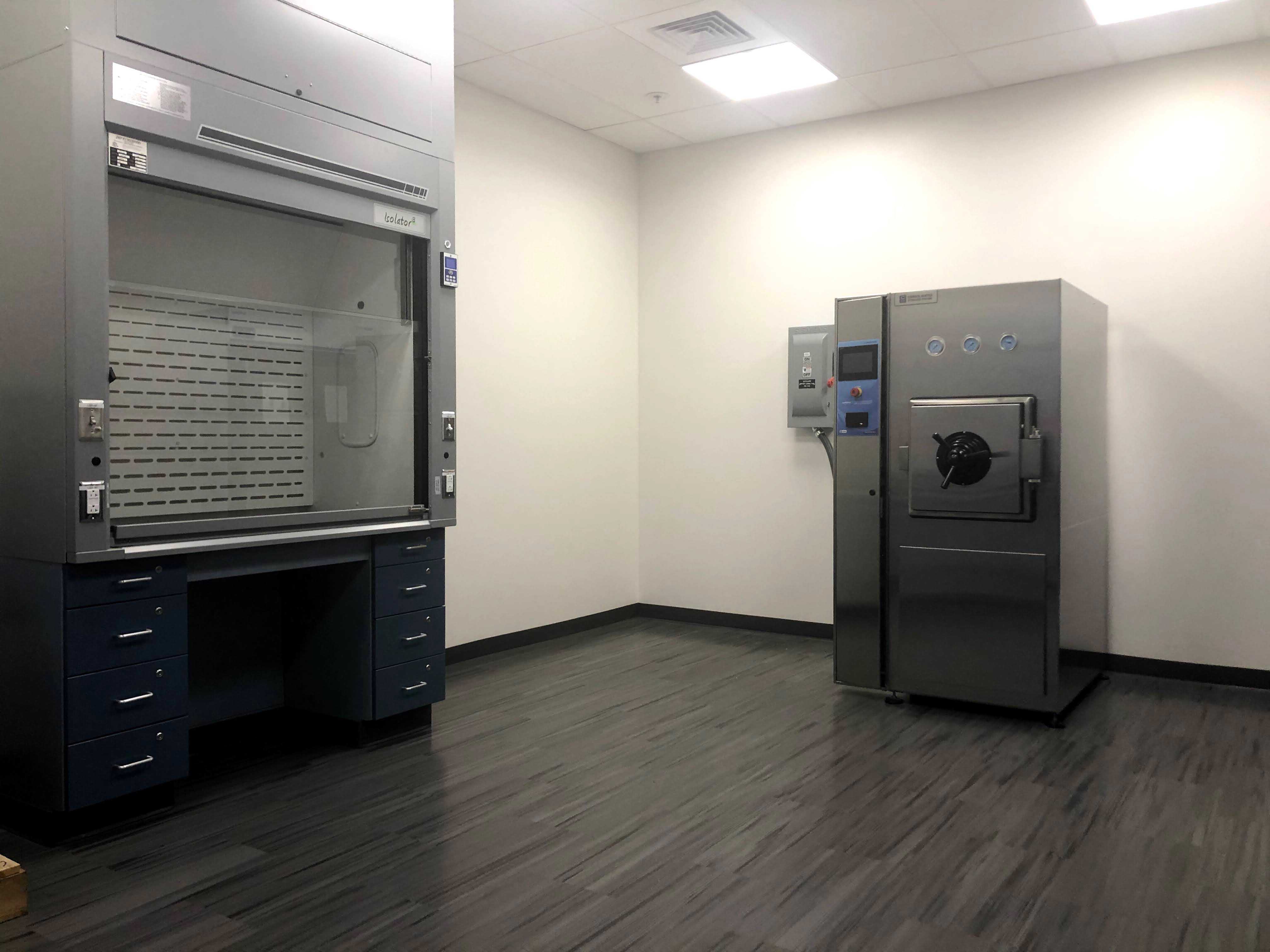
The new STEM building has an improved prep room with a dishwasher, refrigerator, fume hood (left), an autoclave (right), and many other tools that will improve lab efficiency.

Teachers began moving into the new STEM building the week of Oct. 26. The classrooms have movable furniture, more TVs, larger whiteboards, and larger windows.
